
From our new podcast network, The Genius Recipe Tapes is lifelong Genius hunter Kristen Miglore’s 10-year-strong column in audio form, featuring all the uncut gems from the weekly column and video series. Subscribe on Apple Podcasts, Spotify, or wherever you get your podcasts so you don’t miss out.
Listen & SubscribePopular on Food52
12 Comments
Scribbles
July 13, 2015
I love Paula Wolfert, too! After following her in F&W Magazine for years I had the privilege of meeting her in Aspen. She opened my eyes to Moroccan food which I now dearly love. And, that prompted this comment because I had a pot of chickpeas soaking. In this article she suggests placing the chickpeas between two kitchen towels and rolling with a pin to peel...I tried and ended up with some smashed peas and not too many peels. I've been using Yotam Ottolenghi's method of adding 1 teaspoon of baking soda to the peas, stirring for 3 minutes and then adding the water to complete the cooking with the expected result being the peels float to the surface and can be skimmed off. The skins do come off but they don't float (for me anyway) and I end up attempting to separate the peels from the peas by hand. So, after smashing a few, I decided to put them all back in the pot, add the teaspoon of baking soda, stir for the 3 minutes and add just enough water to cover; boiled for about 5 minutes. Strained and placed between the towels. I gently rubbed the top towel across the peas and - success! - the majority of the peels came off quickly and I was able to pick off the rest. Returned the now peeled peas to the pot, covered with water and cooked. They turned out beautiful. The remainder of the peels were easily scooped off while skimming the foam during the first few minutes of cooking.
June D.
July 9, 2015
Many years ago in Seattle I was lucky enough to attend a cooking demonstration by Ms. Wolfert. My friend and I arrived early and thoroughly enjoyed talking with her. Her program that evening was wonderful. I think I have all of her books, and I reread them often. What an asset she is to the food community.
Gardener-cook
July 8, 2015
I have been cooking steadily from Paula Wolfert's books since 1980, when I begged a copy of "Couscous and Other Good Food From Morocco" for my birthday. My complete Wolfert collection is ragged and dog-eared, with food stains on most pages, and that's how it should be. I had no idea about her diagnosis and went immediately to donate to the Kickstarter campaign. All of us who cook owe her such a debt
SoupLady
June 11, 2015
I didn't know about Ms. Wolfert's diagnosis, I'm sorry to hear about that. I'm heading over to Kickstarter soon. I was given 'The Cooking of the Eastern Mediterranean" as a gift and I was just amazed at not only the recipes but her research, her thoughtful descriptions and the fact that she made this exotic food approachable. I've made many of the recipes out of that book (the tahini, yogurt and summer squash dip is amazing) and enjoyed all of them. I also like "Mediterranean Greens and Grains" and "The Cooking of Southwest France." Always meant to get her Moroccan cookbooks. Need to rectify that now!
suepig
June 11, 2015
Paula is mt absolute favorite. Try her chicken with sweet tomato jam from her Moroccan book. I've been making it every summer as a late summer ritual with garden tomatoes. Oh, too many to list. She's the best!!!!
junewl
June 11, 2015
i was in Morocco about 6 weeks ago and ordered her book on my return: the very best souvenir of my trip and wonderful recipes, of course. the photos helped me sort through my own memories.
Summer O.
June 11, 2015
My sister in law gave me Paula's 'Food of Morocco' and it is an education and it has given our family so many new favorites, that are simple, delicious and healthy. Great cookbook.
witloof
June 11, 2015
If you have her book "Couscous and Other Good Food From Morocco," the salad made by reducing a huge amount of tomatoes into a thick jam and then frying the jam with roasted peppers and garlic in olive oil is to die for. But you should only make it in August and get the tomatoes and peppers from the greenmarket.
Greenstuff
June 10, 2015
I'm not sure I have all of Paula Wolfert's books, but I certainly have most of them, including the early unsuccessful-but-good Paula Wolfert's World of Food. I've followed her through couscous, tagines, cassoulet and clay pots. But my most favorite moment was at a book signing, when she excitedly told her husband that I appreciated her research and wrote in my book "What a delight to meet you!"
Andrea N.
June 11, 2015
Spot on about Paula's inimitable personality. PW's World of Food is an unusual book as you say, but it has merit nevertheless. I've been stunned by her head-turning recipes. Thanks for recognizing her brilliance and impact.

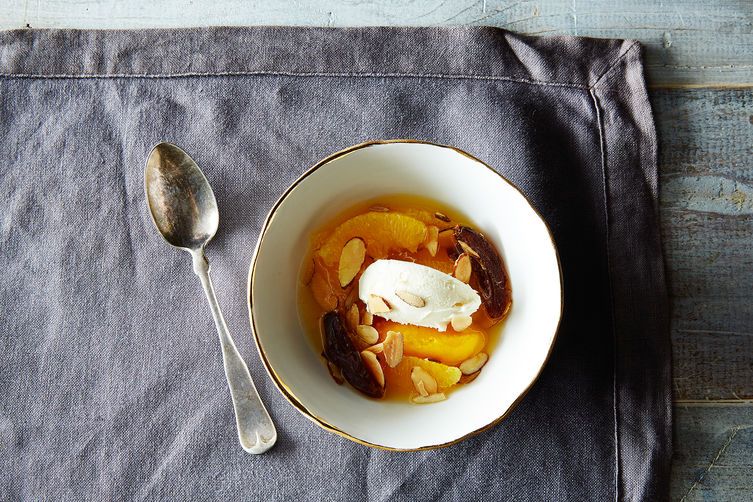
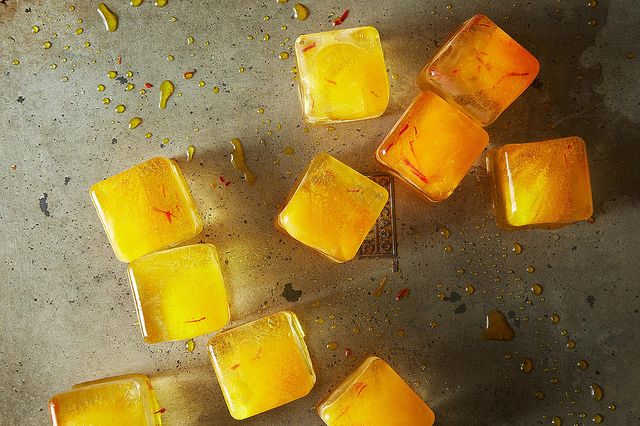

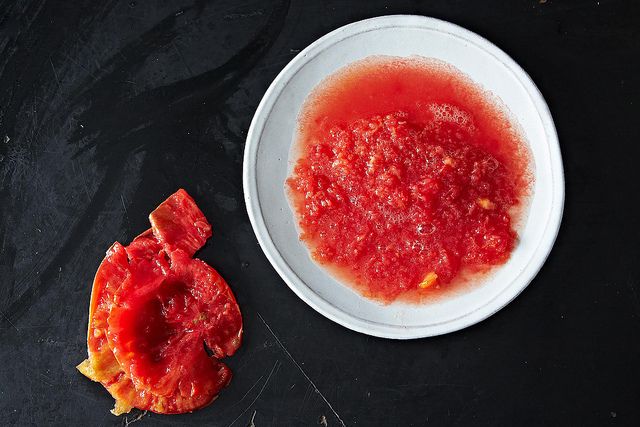

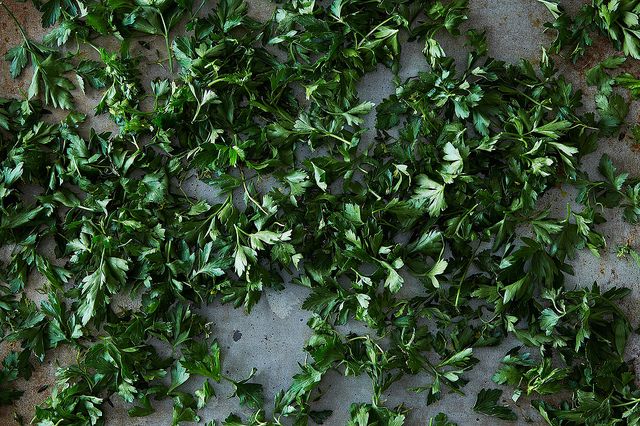
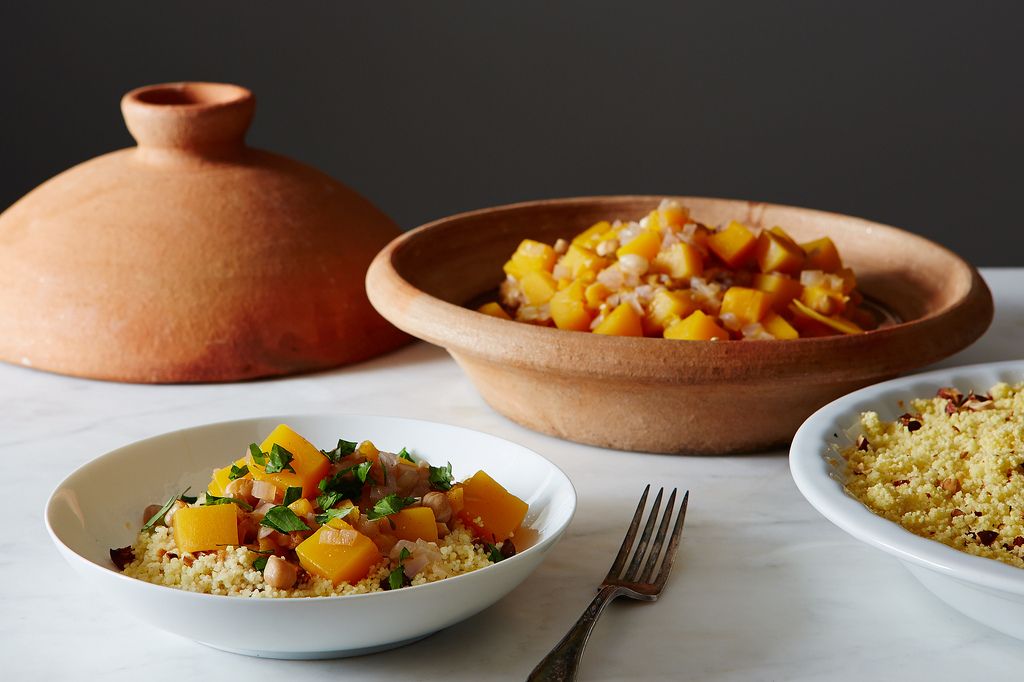

See what other Food52 readers are saying.